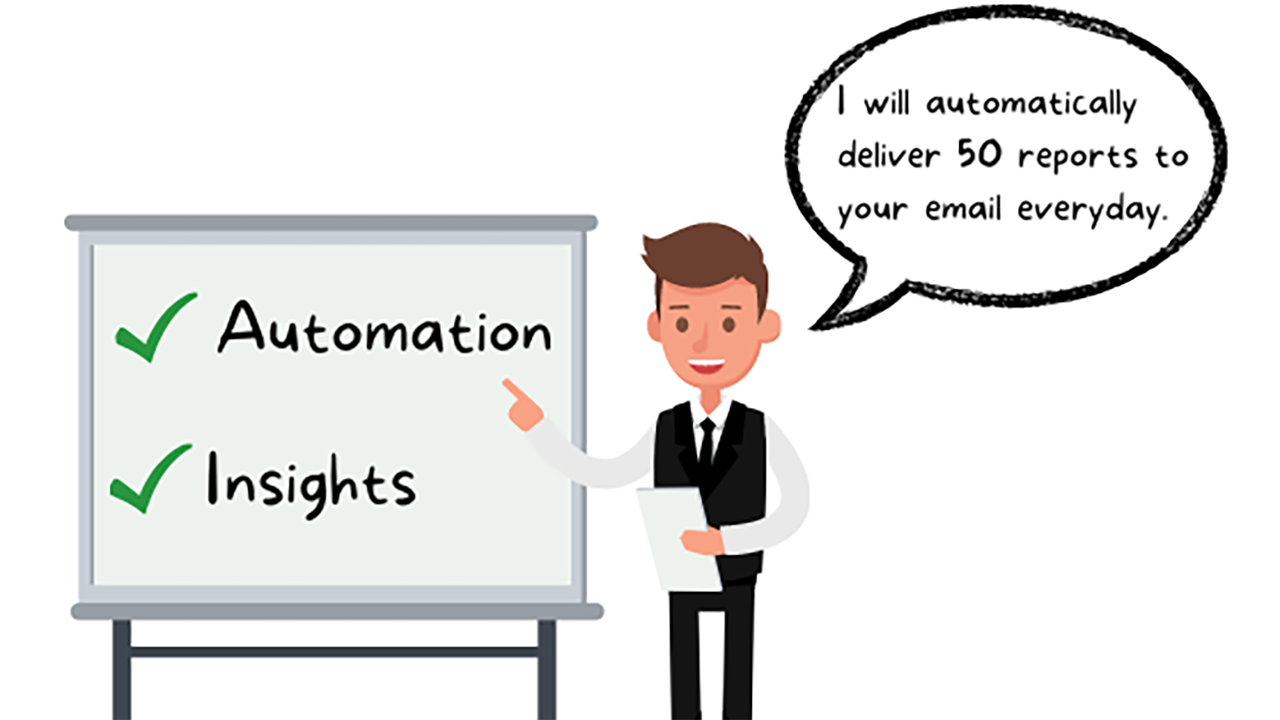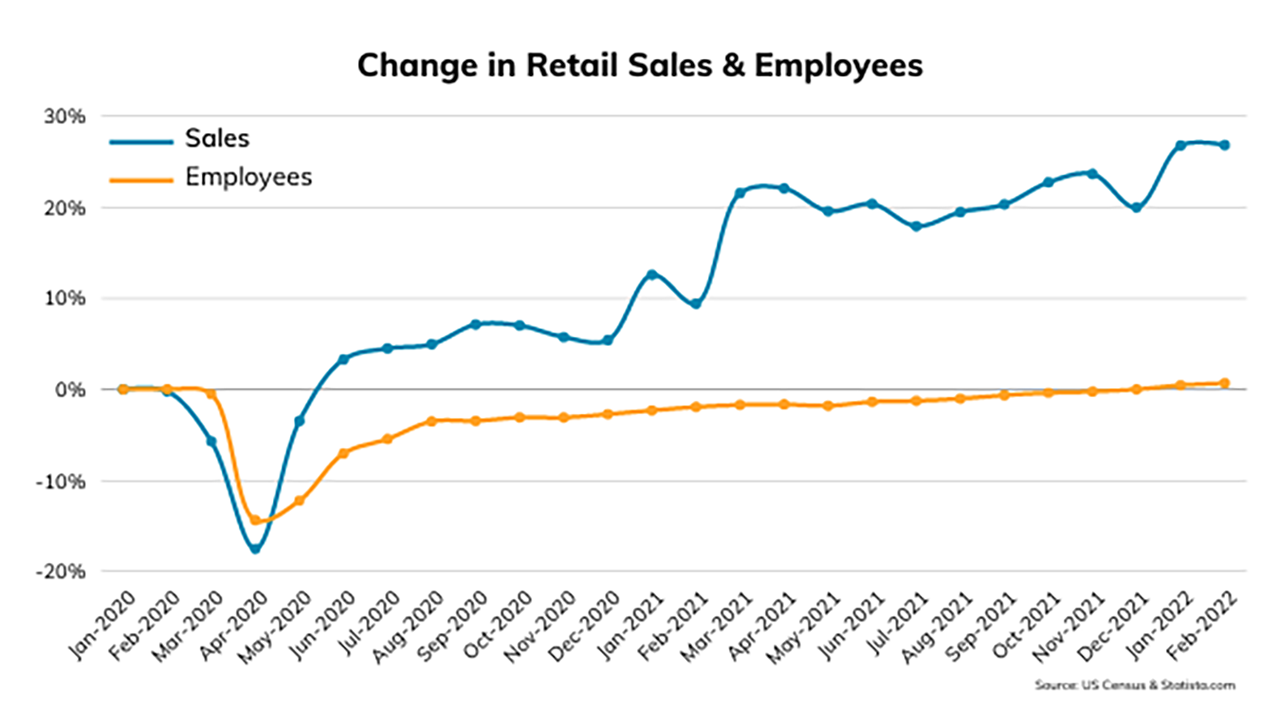Transform retail operations with Zebra’s retail technology solutions, featuring hardware and software for improving inventory management and empowering teams.
Streamline operations with Zebra’s healthcare technology solutions, featuring hardware and software to improve staff collaboration and optimise workflows.
Enhance processes with Zebra’s manufacturing technology solutions, featuring hardware and software for automation, data analysis, and factory connectivity.
Zebra’s transportation and logistics technology solutions feature hardware and software for enhancing route planning, visibility, and automating processes.
Zebra's public sector technology solutions enhance decision-making, streamline operations, and safeguard communities with advanced software and rugged hardware.
Zebra's hospitality technology solutions equip your hotel and restaurant staff to deliver superior customer and guest service through inventory tracking and more.
Zebra's market-leading solutions and products improve customer satisfaction with a lower cost per interaction by keeping service representatives connected with colleagues, customers, management and the tools they use to satisfy customers across the supply chain.
Empower your field workers with purpose-driven mobile technology solutions to help them capture and share critical data in any environment.
Zebra's range of mobile computers equip your workforce with the devices they need from handhelds and tablets to wearables and vehicle-mounted computers.
Zebra's desktop, mobile, industrial, and portable printers for barcode labels, receipts, RFID tags and cards give you smarter ways to track and manage assets.
Zebra's 1D and 2D corded and cordless barcode scanners anticipate any scanning challenge in a variety of environments, whether retail, healthcare, T&L or manufacturing.
Zebra's extensive range of RAIN RFID readers, antennas, and printers give you consistent and accurate tracking.
Choose Zebra's reliable barcode, RFID and card supplies carefully selected to ensure high performance, print quality, durability and readability.
Zebra's rugged tablets and 2-in-1 laptops are thin and lightweight, yet rugged to work wherever you do on familiar and easy-to-use Windows or Android OS.
With Zebra's family of fixed industrial scanners and machine vision technologies, you can tailor your solutions to your environment and applications.
Zebra’s line of kiosks can meet any self-service or digital signage need, from checking prices and stock on an in-aisle store kiosk to fully-featured kiosks that can be deployed on the wall, counter, desktop or floor in a retail store, hotel, airport check-in gate, physician’s office, local government office and more.
Adapt to market shifts, enhance worker productivity and secure long-term growth with AMRs. Deploy, redeploy and optimize autonomous mobile robots with ease.
Discover Zebra’s range of accessories from chargers, communication cables to cases to help you customise your mobile device for optimal efficiency.
Zebra's environmental sensors monitor temperature-sensitive products, offering data insights on environmental conditions across industry applications.
Zebra's location technologies provide real-time tracking for your organisation to better manage and optimise your critical assets and create more efficient workflows.
Enhance frontline operations with Zebra’s AI software solutions, which optimize workflows, streamline processes, and simplify tasks for improved business outcomes.
Empower your frontline with Zebra Companion AI, offering instant, tailored insights and support to streamline operations and enhance productivity.
The everything you need to rapidly and cost effectively develop high-performance AI vision applications on Zebra mobile computers.
Zebra Workcloud, enterprise software solutions boost efficiency, cut costs, improve inventory management, simplify communication and optimize resources.
Keep labour costs low, your talent happy and your organisation compliant. Create an agile operation that can navigate unexpected schedule changes and customer demand to drive sales, satisfy customers and improve your bottom line.
Drive successful enterprise collaboration with prioritized task notifications and improved communication capabilities for easier team collaboration.
Get full visibility of your inventory and automatically pinpoint leaks across all channels.
Reduce uncertainty when you anticipate market volatility. Predict, plan and stay agile to align inventory with shifting demand.
Drive down costs while driving up employee, security, and network performance with software designed to enhance Zebra's wireless infrastructure and mobile solutions.
Explore Zebra’s printer software to integrate, manage and monitor printers easily, maximising IT resources and minimising down time.
Make the most of every stage of your scanning journey from deployment to optimisation. Zebra's barcode scanner software lets you keep devices current and adapt them to your business needs for a stronger ROI across the full lifecycle.
RFID development, demonstration and production software and utilities help you build and manage your RFID deployments more efficiently.
RFID development, demonstration and production software and utilities help you build and manage your RFID deployments more efficiently.
Zebra DNA is the industry’s broadest suite of enterprise software that delivers an ideal experience for all during the entire lifetime of every Zebra device.
Advance your digital transformation and execute your strategic plans with the help of the right location and tracking technology.
Boost warehouse and manufacturing operations with Symmetry, an AMR software for fleet management of Autonomous Mobile Robots and streamlined automation workflows.
The Zebra Aurora suite of machine vision software enables users to solve their track-and-trace, vision inspection and industrial automation needs.
Zebra Aurora Focus brings a new level of simplicity to controlling enterprise-wide manufacturing and logistics automation solutions. With this powerful interface, it’s easy to set up, deploy and run Zebra’s Fixed Industrial Scanners and Machine Vision Smart Cameras, eliminating the need for different tools and reducing training and deployment time.
Aurora Imaging Library™, formerly Matrox Imaging Library, machine-vision software development kit (SDK) has a deep collection of tools for image capture, processing, analysis, annotation, display, and archiving. Code-level customisation starts here.
Aurora Design Assistant™, formerly Matrox Design Assistant, integrated development environment (IDE) is a flowchart-based platform for building machine vision applications, with templates to speed up development and bring solutions online quicker.
Designed for experienced programmers proficient in vision applications, Aurora Vision Library provides the same sophisticated functionality as our Aurora Vision Studio software but presented in programming language.
Aurora Vision Studio, an image processing software for machine & computer vision engineers, allows quick creation, integration & monitoring of powerful OEM vision applications.
Adding innovative tech is critical to your success, but it can be complex and disruptive. Professional Services help you accelerate adoption, and maximise productivity without affecting your workflows, business processes and finances.
Zebra's Managed Service delivers worry-free device management to ensure ultimate uptime for your Zebra Mobile Computers and Printers via dedicated experts.
Find ways you can contact Zebra Technologies’ Support, including Email and Chat, ask a technical question or initiate a Repair Request.
Zebra's Circular Economy Program helps you manage today’s challenges and plan for tomorrow with smart solutions that are good for your budget and the environment.

There’s a Better Way to Align Inventory to Shifting Consumer Demands
Retail and CPG companies have challenges with inventory uncertainties and workforce shortages driven by supply disruptions, inflation, low unemployment, and shifting consumer demand. Yet, to improve productivity and results, two words are often thrown out as the solution: “automation” and “insights.”
Those words have always bugged me when used as an answer. Want to improve productivity? Inevitably I hear, "We need to automate our work." If people struggle to achieve results, they say, "We need more insights."
Are they wrong? Technically, no. The answer is correct, but the execution is lacking. Insights often translate into more data and reports, and automation becomes "go faster." As a result, people are stuck with more directionless reporting and systems that execute poor decisions (but quickly).

Okay, I'm being snarky. However, I've been on the end of those decisions, and it sucked. I clicked a button and prayed the screen would open. I'd have my system crash on me, lose all my work, and be greeted by the infamous blue screen of death. I'd piece together five reports in a spreadsheet to view what was going on. The only thing I enjoyed was starting my morning report and then going to get my cup of coffee as the computer spun for 20 minutes. Ah...good times, good times.
Better Outcomes are Driven by People using Effective Technology
To achieve more, you must improve productivity which, fundamentally, comes down to whether you provide your people with the right technology.
“Productivity is about people.”
- Debbie Cohen & Kate Roeske-Zummer, HBR.org
“The new investment [in technology] has contributed to an uptick in productivity by making workers more efficient.”
- WSJ.com
Now there are promising signs this is occurring across retail, CPG and other sectors. According to the U.S. Department of Labor and prior mentioned WSJ article, we’ve seen increased labor productivity since the beginning of the pandemic (as a nation). Labor productivity grew by 2.2% annually between 2020 and 2021, up from a 0.9% average annual growth from 2011 to 2019.
However, the rise in technology spending is not the only reason for the lift. Modern technology is also delivering a better user experience and more benefits than workers have enjoyed before. After all, businesses were still investing in technology from 2011 to 2019. I discussed this in a previous post.
What is different now? Artificial intelligence (AI), cloud computing, and software-as-a-service (SaaS) solutions are more prevalent and mature. With AI and cloud computing advancements, software solutions can process immense amounts of data. Due to SaaS, software providers have become a lot more accountable, and if they fail, their revenue streams dwindle.
A Rare Opportunity for Supply Chain Executives
Established best practices no longer work today; hence, the supply chain handbook written over the past 20 years has been thrown out the window. But this pain has provided a rare opportunity for supply chain executives to demonstrate innovation – beyond replacing solutions.
A solution replacement that only adds speed and reporting will not solve today's problems.
- Retailers are facing increased customer demand with fewer employees.
- That demand is hard to predict with fluctuating shopping habits and shifting demographics.
- And new, permanent fulfillment options create inventory inefficiencies.

Align Inventory to Shifting Consumer Demand
If you’re a retailer, you need demand intelligence that interprets demand drivers, predicts demand, and feeds inventory systems, such as replenishment and allocation, if you want to be able to make the best decision in the shortest amount of time. The same is true if you’re reliant on CPG companies and need to be able to coordinate replenishment effectively. Plus, employees need to know what customer demand will be and when. Where are their customers going to shop? Where do they want it fulfilled, and when? Collectively, you must all know where to place inventory across the entire enterprise – and supply chain – to meet goals while understanding the trade-offs.
Additionally, these demand predictions can't remain static. They must be able to sense changes. A 2-month-old forecast doesn't always hold true. What happens if there is a heatwave, winter storm, or viral video? How do you adjust?
That’s why you’re going to derive the most value today from demand intelligence. If your brand new replenishment, allocation, or pricing system does not provide this type of intelligence, then you’ll be no better off than if you had stuck it out with your old, inflexible, rules-based systems. A system with a modern user interface (UI) that runs off newer hardware is a replacement solution – not an innovative, game-changing solution. And right now, the only way to stay consistently competitive – to know where you need to place inventory to meet customers’ new daily demands – is by doing things differently than you have before. By predicting demand differently, and with more intelligence.
###
Editor’s Note:
Curious what “different” looks like or how you can incorporate more demand intelligence into your business processes and systems? Check this out.

Mark Schwans
Mark Schwans leads antuit.ai’s product and content marketing for Zebra. Mark has more than 20+ years of experience creating value and change for the retail, CPG, and software industry.
He has held a variety of leadership roles across solution strategy, marketing, business development, project management, consulting, and research and development.
Previously, Mark served as Senior Director for Revionics/Aptos solution marketing and Director for Oracle Retail Solution Strategy for their Merchandising, Allocation, and Pricing solution.
Zebra Developer Blog
Zebra Developer BlogZebra Developer Blog
Are you a Zebra Developer? Find more technical discussions on our Developer Portal blog.
Zebra Story Hub
Zebra Story HubZebra Story Hub
Looking for more expert insights? Visit the Zebra Story Hub for more interviews, news, and industry trend analysis.
Search the Blog
Search the BlogSearch the Blog
Use the below link to search all of our blog posts.
Most Recent
Legal Terms of Use Privacy Policy Supply Chain Transparency
ZEBRA and the stylized Zebra head are trademarks of Zebra Technologies Corp., registered in many jurisdictions worldwide. All other trademarks are the property of their respective owners. Note: Some content or images on zebra.com may have been generated in whole or in part by AI. ©2025 Zebra Technologies Corp. and/or its affiliates.




